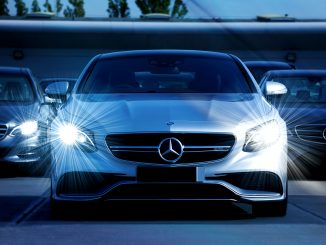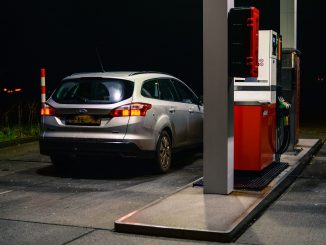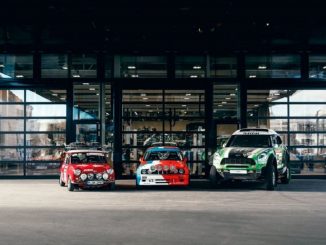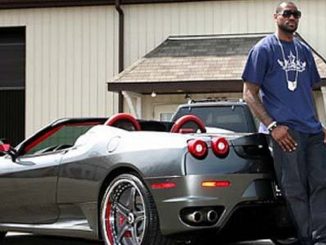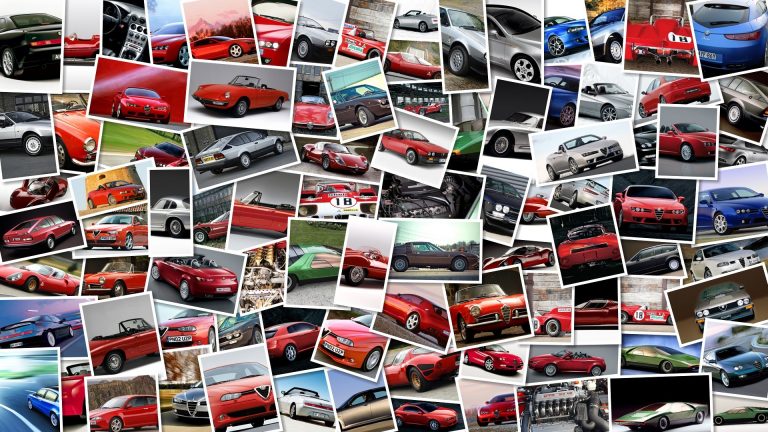
The Ministry of Cultural Heritage and Activities- Regional Directorate for Cultural and Heritage Landscape Assets of the region Emilia Romagna has officially declared that the historical archive and the Museum of the motorcycle company based in Bologna bear such historical and cultural relevance that they are rightfully to be counted in the list of archival assets in the territory.
Both the historical archive and the Ducati Museum fully satisfy the criteria of company archives, counting several types of documents and products such as engines and motor-vehicles, pieces of evidence of the company’s business which, as time goes by, becomes a historical witness.
The vast archive comprising documents of the Ducati Technical Department and the collection of motorcycles and motorbikes preciously treasured within the Ducati Museum witness and narrate the business and manufacture of Ducati since 1946 to present date, an active component and one of great interest for local contemporary history and Italian and international history alike.
This important acknowledgement confirms and rewards the considerable attention that the motorcycle company of Borgo Panigale reserves to its historical–cultural heritage, an added value for a company that is a true icon of “made in Italy”, whose brand and products are appreciated and known all over the world.
The rich witness of this company’s history is administered and cared for by the Ducati Foundation, to which Gianluigi Mengoli, President of the Ducati Foundation, and the curator of the Museum, Livio Lodi, refer to.
Mengoli and Lodi keep the tradition of this motorcycle company alive and always updated, thus contributing to valorise the territory and the city of Bologna.
By reading through the documents of the Ducati historical archive and with a visit to the Museum, one can retrace the most significant steps of this motorcycle company.
Ducati has always been focused on development and marked by a passion for research, and its history often speaks of a “common understanding” which is still strong among Ducati employees today.
Many are the important stages that have spelled out the life of this company, from its foundation on 4 July 1926 by Adriano, Bruno, and Marcello Cavalieri Ducati, when the company first started out with the manufacture of radio material, to the opening of the factory in Borgo Panigale, the company’s landmark site and trademark, in the first years of World War II, and which in the same years was bombed and destroyed on October 12, 1944, compromising its production.
The factory survived and owing to the perseverant will of the Ducati brothers, it was rebuilt, ushering the age of motorcycle manufacture.
1946 is the year the Cucciolo was born, the auxiliary engine for bicycles which obtained great success, because it was a cheap means accessible to most Italians struck by post-war poverty.
Ducati’s history is heavily marked by another prominent figure, Giuseppe Montano, who gave origin to its know-how.
From 1952 to 1968, Montano created the conditions for Ducati to participate in competitive races and realized technical solutions to design winning race motorcycles that could, above all, also be used for serial production.
He availed himself of the talent of Engineer Fabio Taglioni, and from that moment onward the history of Ducati and the career of this engineer go hand in hand.
He authored over 1000 projects, especially the desmodromic system and the L-shaped twin-cylinder engine.
With Taglioni, a sequence of important events and models ensues: in 1954, the Ducati 100 Gran Sport also known as the Marianna, the “Giro d’Italia” (Tour of Italy) and the cross-country races such as the Milan-Taranto; in 1956, Ducati wins its first international race in Sweden, with the 125 Gran Prix Desmo.
Moreover, the generations of road motorcycles with the Ducati 175 and the Scrambler in the early 60’s marks Ducati’s entrance in the North-American market.
In 1972, Ducati wins the “200 miles of Imola” race with the 750 Desmo and a model of the 750 Super Sport series also makes its appearance, followed later by the 900 Super Sport with the racing version which won the Tourist Trophy in 1978 with Mike Hailwood® .
With the onset of the Pantah 500 in 1979 and with the arrival in the 80’s of prominent figures like Claudio and Gianfranco Castiglioni, owners of Cagiva, who took over the company, the age of the Superbike and Monster ranges begins.
In 1996 the company was sold again and listed in the Stock Exchange as Ducati Motor Holding spa, property of Texas Pacific Group.
At present, Ducati is owned by the Bonomi family.
Its historical and cultural background is always alive in the company’s members of staff who, thanks to an incessant desire for research and their great passion, lead to the creation of increasingly evolved models and renown “made in Italy” items in the world: the versatile Multistrada 1200, the revolutionary Diavel, and the more recent and futuristic 1199 Panigale, top model for 2012.

